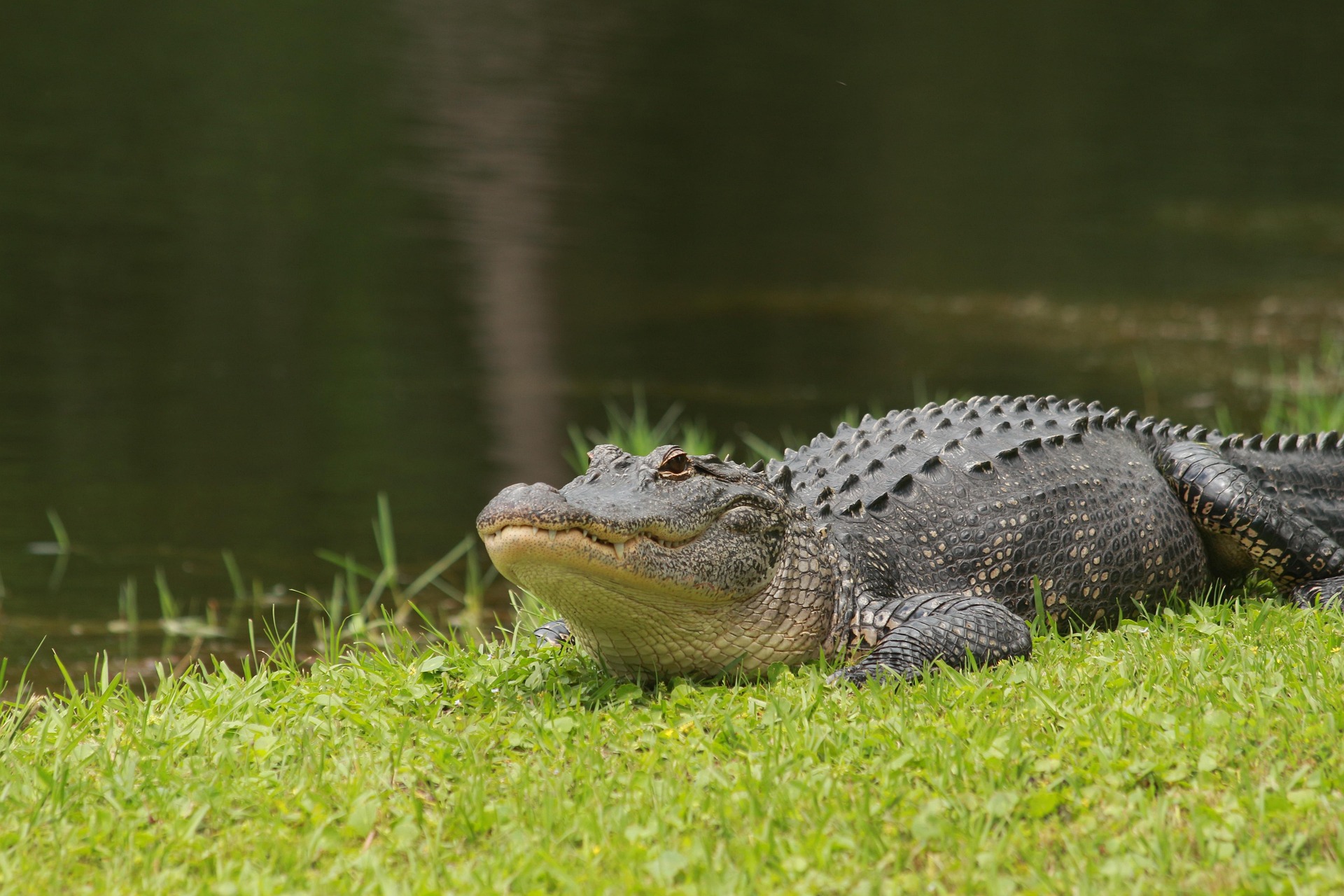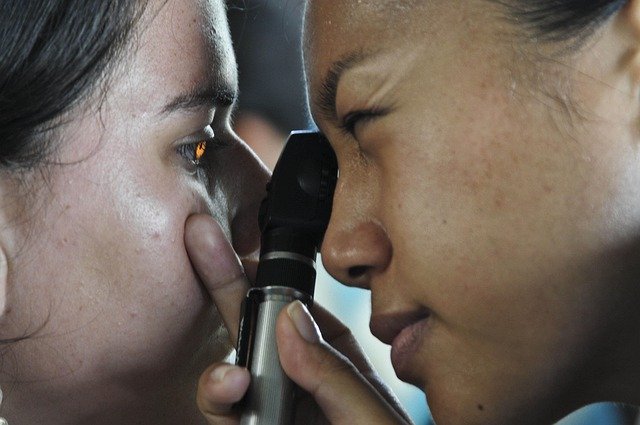The Fascinating Truth About Animals' Sleeping Habits
Every animal species has a unique way of slipping into slumber, and understanding their sleeping habits can help us better comprehend their behavior and health. In this article, we explore the riveting world of animal sleep, delve into the recent discoveries and research in this field, and outline how this knowledge can be applied to pet care and wildlife conservation.

The Hidden World of Animal Sleep
Sleep is a function that all animals share, but the way they experience it is as diverse as the animal kingdom itself. Some animals, like giraffes, sleep for only a few minutes at a time, while others, like brown bats, can sleep for nearly 20 hours a day. Some animals sleep while standing, such as horses, while others, like birds and dolphins, sleep with only half their brain at a time to stay alert for predators.
The study of animal sleep is a growing field, with more and more research being conducted to understand the purpose of sleep and how it affects an animal’s health and behavior.
The Science Behind Sleep
Sleep science is a rapidly growing field, with many recent discoveries that have changed our understanding of animal sleep. For instance, studies have shown that sleep deprivation can have serious effects on animals, affecting their memory, learning, and overall health.
In addition, research has found that the sleep patterns of animals are influenced by a variety of factors, including their diet, environment, and social interactions. These findings not only provide fascinating insights into the animal kingdom, but they also have important implications for pet care and wildlife conservation.
The Economics of Pet Sleep Products
The recent focus on animal sleep has also led to a surge in the market for pet sleep products. These range from specially designed pet beds and blankets to calming music and sleep supplements. While prices can vary widely depending on the product and brand, most fall within the $20-$200 range.
These products aim to improve the quality of sleep for pets, which in turn can boost their health and wellbeing. While the market for these products is still relatively new, it shows promise for future growth.
The Practical Application of Sleep Knowledge
Understanding an animal’s sleep patterns can have practical applications in pet care and wildlife conservation. For pet owners, ensuring their pets get the right amount of sleep can lead to healthier, happier pets. For wildlife conservationists, understanding the sleep patterns of endangered species can provide insights into their behavior and habitat needs, which can aid in their preservation.
Looking Forward: The Future of Animal Sleep Research
While we have learned much about animal sleep, there is still much to discover. Emerging technology, such as wearable activity trackers for pets, could provide new insights into animal sleep patterns.
In the end, understanding the intricacies of animal sleep not only satisfies our curiosity but also has the potential to improve the lives of our pets and aid in wildlife conservation efforts. As we continue to explore the captivating realm of animal sleep, we can look forward to a future of better understanding and coexistence with the animal kingdom.




